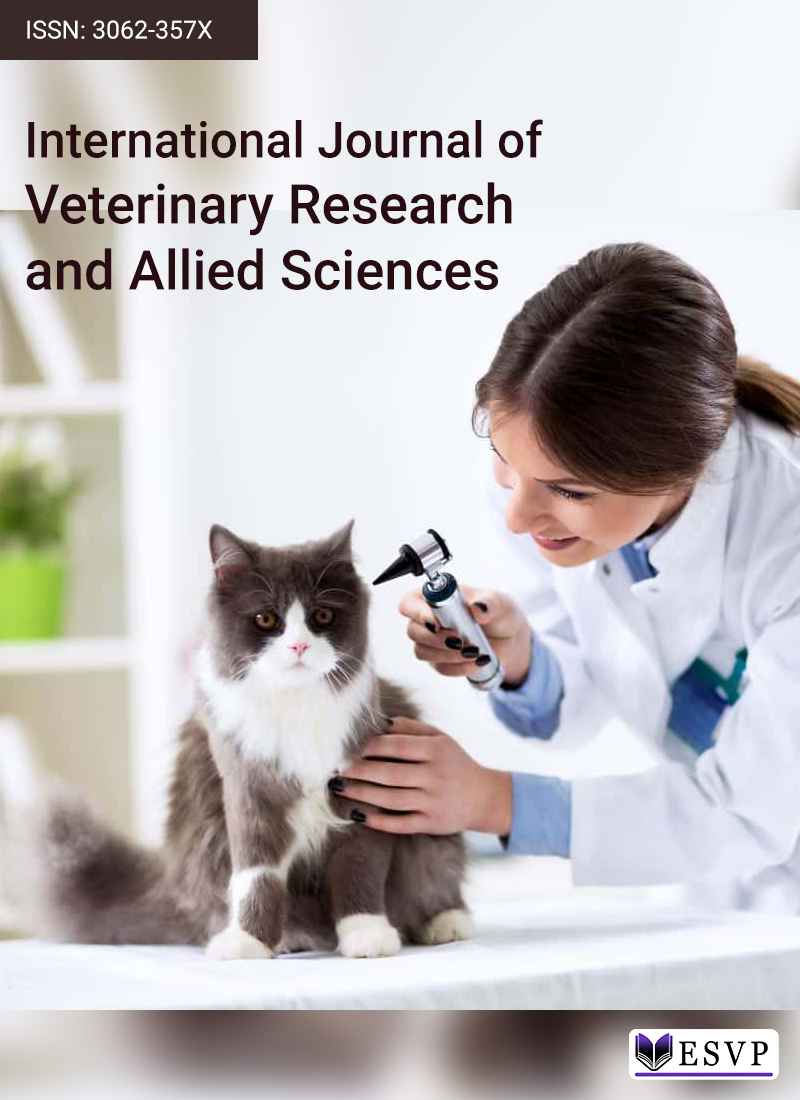
The excessive and inappropriate use of chemical pesticides presents significant risks to the environment, natural predators in agroecosystems, and human health, leading to diseases such as skin disorders, cancer, and respiratory problems. To mitigate these dangers, it is essential to adopt alternative pest control strategies. In this context, the use of biopesticides offers a safer and climate-friendly approach to insect management. This research focused on evaluating various entomopathogenic fungi for their effectiveness against the fall armyworm (FAW) under controlled laboratory conditions. The experiment evaluated the pathogenicity of various fungal strains and showed that some fungi showed promise in controlling the early larval stages of FAW and keeping the pest population below economic thresholds. Among the fungi tested, Beauveria bassiana (Bb885 and 86), Cordyceps cicadae, Metarhizium anisopliae (73 and 42), and Paecilomyces fumosoroseus demonstrated potential, with B. bassiana (Bb885), C. cicadae, and M. anisopliae (73) proving particularly lethal to FAW larvae, especially at high spore concentrations against the early second instar stage. However, further studies are necessary to assess the full range of fungal pathogenicity effects on different life stages, which will provide valuable insights for FAW management in agroforestry settings.